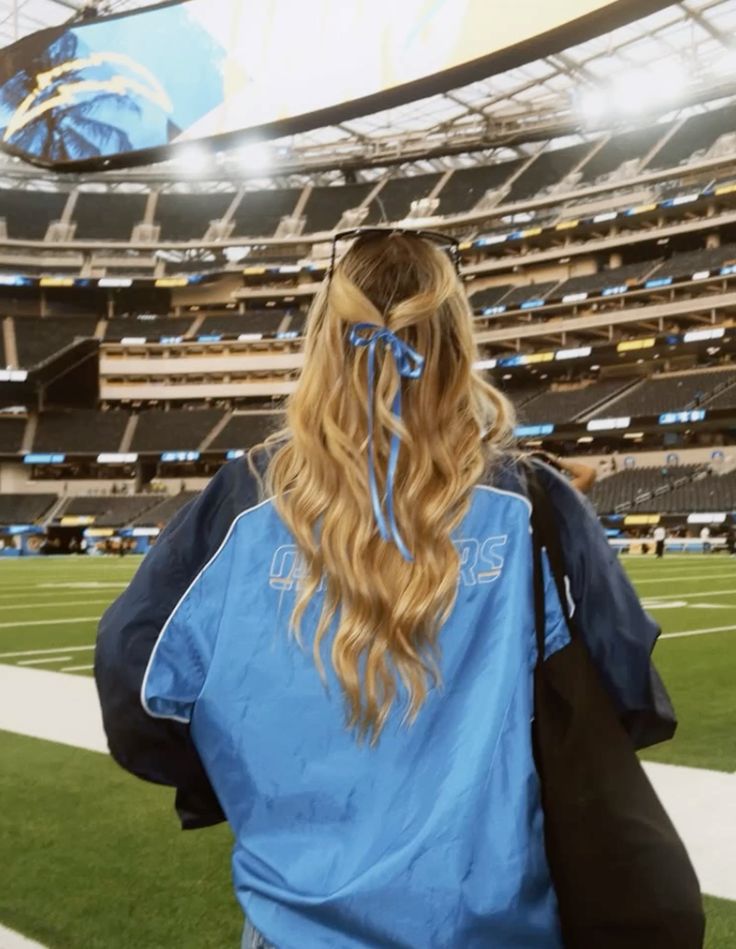Finally, your lease is signed, you have found your roommates, you’re thinking about how you’re going to decorate your new home … then you look at the rent. How am I going to pay that? Where do I even start?
While having a job at school is good for some extra spending money, getting an internship either during the school year or over the summer is not only helpful for your bank account, but also very important for landing a job after you graduate. Penn State offers many programs and helpful presentations and tips on getting an internship that is helpful for your future and your experience within your major or minor.
The Bellisario College of Communications at Penn State has been very helpful in finding and landing students with internships. Their specialists, Bob Martin and Julie Miller, are very experienced in narrowing down the millions and millions of places looking to hire interns. By simply making a Starfish appointment, they sit you down and really get to know you.
They will get to know a little bit about you and what you do before they even begin to search the databases. They will write down whatever clubs, organizations, varsity or IM sports you play, any jobs you have at school, even if you are a rep for places such as Go Puff or Rent the Runway. All of these things are beneficial in making you stand out among a group similar applicants.

While we would all love to get a paid internship, the most important thing is gaining experience that will help you for after graduation. Penn State College of Communications offers a class, COMM 495, that grants you credit depending on the amount of hours spent at your internship. Depending on the amount of hours, you can earn one, two or three credits. One credit equates to 67 hours of work, two credits is 134 hours and three credits is 201 hours. Through the COMM 495 class, you will have to write in a weekly journal to be submitted at the end of the summer, including what you did each week, what you learned, how the environment was or any friends or partners you met and made.
By completing the journal, not only is your professor able to see what you have been doing throughout the summer, but it also helps you in looking back at what you learned and any other skills you have learned and can be put on your resume.
Whether you are doing an internship for credit or if you are looking for something paid, Julie Miller or Bob Martin will print out a good stack of potential internships for you. The paper will include the company name, the status of the internship, the address, where it is located, the phone number, contact information, the category of the internship — which is typically very close to your major or something that interests you, if it is paid or for credit and lastly, a lengthy explanation of the internship, their requirements, qualifications and details.
From the stack of papers you will receive, it is then up to you to contact these places. Sometimes they will ask for a cover letter and a resume, or depending on your major, they may require a portfolio or examples of work you have done in the past so the company can get a good idea of what they are working with.

Applying to internships is stressful, but in the long run, Penn State offers so many programs to help you in finding one that is perfect for you. It is important to put the effort in yourself and present yourself in a way that portrays your work effort and how you are as a student. Don’t wait until the last minute and schedule an appointment as soon as you can. Get ahead of the others and start applying because it is never too early to look and plan for your future.





